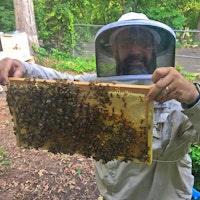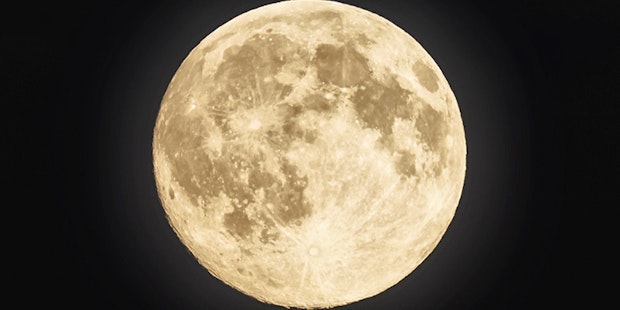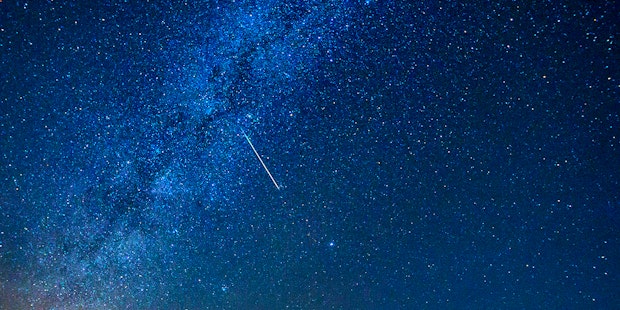Searching the Sky: Planets, planets, planets!
Discovery Place Nature
Welcome to the latest edition of Searching the Sky, Discovery Place's monthly sky watching and astronomy blog.
February is the month for planets! With clear, cool nights and no humidity, night viewing is at a premium for our area. The moon will help to find the planets, and although many of the opportunities will be visible with the naked eye, it is best to at least use a pair of binoculars to better see some of the celestial sights. Here’s a run-down of the items you can see in February:
February 12 – Mars and Uranus – Mars will be very obvious in its close approach to Earth on February 12. Look for it in the western sky right after sunset. As an added bonus, close to Mars, you can see the pale blue planet of Uranus.
February 17 – M44 or the Beehive Cluster – M44 is a cluster of stars known as the beehive cluster, which is a cluster of red giants and white dwarf stars, and can be found in the constellation Cancer.
February 18 – Venus and Saturn -- This time of year is great to see both Venus and Saturn. Both are quite close to the Earth and can be seen with the naked eye. If you want, use a pair of binoculars and look at Saturn. It will actually be at an angle where you can see the rings!
February 19 – Bode’s Galaxy – Of course, the Milky Way is our galaxy, but it’s always nice to check on your neighbors. Bode’s Galaxy is a spiral galaxy and is seen this time of year at an angle where the spiral arms are quite noticeable with binoculars or telescopes. Being near the moon, the light from the moon could affect the visibility, but it is worth a shot to see this beautiful spiral galaxy.
February 27 – Jupiter and the Moon – Last but not least, Jupiter will be very obvious next to the moon this time of year. Although it will mostly look like a large ball with binoculars, it will not pulsate and twinkle like a star and once the moon rises, it will be so obvious in the sky.
As always, be sure to get your sky fix by checking out our Planetarium during your next visit to Discovery Place Nature.



